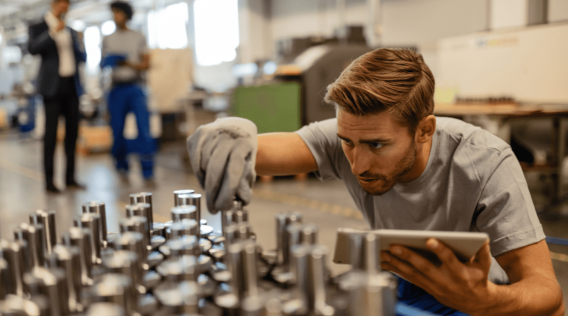Introduction:
Aluminum die casting is a popular manufacturing process used to produce complex metal parts with high precision and durability. The key to achieving efficient production lies in the design and construction of the die cast mold. In this guide, we will explore the essential steps involved in creating an aluminum die cast mold and discuss the techniques and considerations that can optimize the production process.
Step 1: Designing the Mold
The first step in creating an aluminum die cast mold is to design it according to the specifications of the desired part. This involves determining the shape, dimensions, and intricacies of the mold cavities. Computer-Aided Design (CAD) software is commonly used to create a 3D model of the mold, allowing for precise calculations and modifications. The design should consider factors such as parting lines, ejection methods, and the number of cavities to achieve maximum production efficiency.
Step 2: Material Selection
Choosing the right material for the die cast mold is crucial to ensure its longevity and performance. Aluminum is a popular choice due to its excellent thermal conductivity, corrosion resistance, and lightweight properties. High-grade aluminum alloys, such as H13 or ADC12, are commonly used for mold construction as they can withstand the high temperatures and pressures encountered during the casting process.
Step 3: Mold Construction
Once the mold design is finalized and the material is selected, the construction of the mold can begin. The process typically involves several stages, including mold base fabrication, cavity and core machining, and surface finishing. Skilled toolmakers and CNC machines are often employed to ensure the precise construction of the mold components. The mold should incorporate features such as cooling channels to regulate the temperature during casting and ensure rapid solidification.
Step 4: Mold Testing and Modification
Before initiating mass production, it is essential to thoroughly test the mold and make any necessary modifications. This step helps identify any design flaws or performance issues that may affect the quality of the cast parts. The mold can be tested using a small-scale casting process to evaluate factors like fill time, air entrapment, and part quality. Based on the test results, adjustments can be made to optimize the mold design and achieve consistent production.
Step 5: Production Optimization Techniques
To ensure efficient production processes, several techniques can be implemented during the die casting process. Utilizing advanced technology, such as computerized process control or robotics, can help monitor and control variables like temperature, pressure, and cycle time. Implementing proper maintenance and cleaning procedures is crucial to prevent mold damage and extend its lifespan. Regular inspections should be conducted to detect any signs of wear or damage and address them promptly.
Step 6: Continuous Improvement
Continuous improvement is an integral part of efficient production processes. Regular evaluations of the mold performance, production cycle, and overall quality should be conducted. Any bottlenecks or inefficiencies should be identified and addressed through process optimization. Collaboration between mold designers, machine operators, and quality control personnel can contribute to the implementation of effective solutions and improvement initiatives.
Conclusion:
Creating an aluminum die cast mold requires careful consideration and expertise to achieve efficient production processes. By following the steps outlined in this guide, manufacturers can design and construct molds that meet the desired specifications and optimize production efficiency. Continuous improvement and a proactive approach to mold maintenance and monitoring can significantly enhance the quality and productivity of the die casting process.
-

- Magnesium alloy die-casting Auto parts headlight frame
-

- Roda basikal bahagian faundri aloi magnesium dengan pemesinan CNC & kemasan permukaan
-

- Produk faundri tersuai bahagian die-casting berketepatan tinggi untuk bingkai bersepadu e-basikal
-

- High precision magnesium alloy die casting parts for automotive ignition lock
-

- Bahagian logam thixomolding aloi mangansium die-casting
-

- OEM Die casting manufacturer produce magnesium alloy wheel for kids push bike

 0086-750-5616188
0086-750-5616188 +86 13392089688
+86 13392089688 sales@zhongmei-tech.com
sales@zhongmei-tech.com








